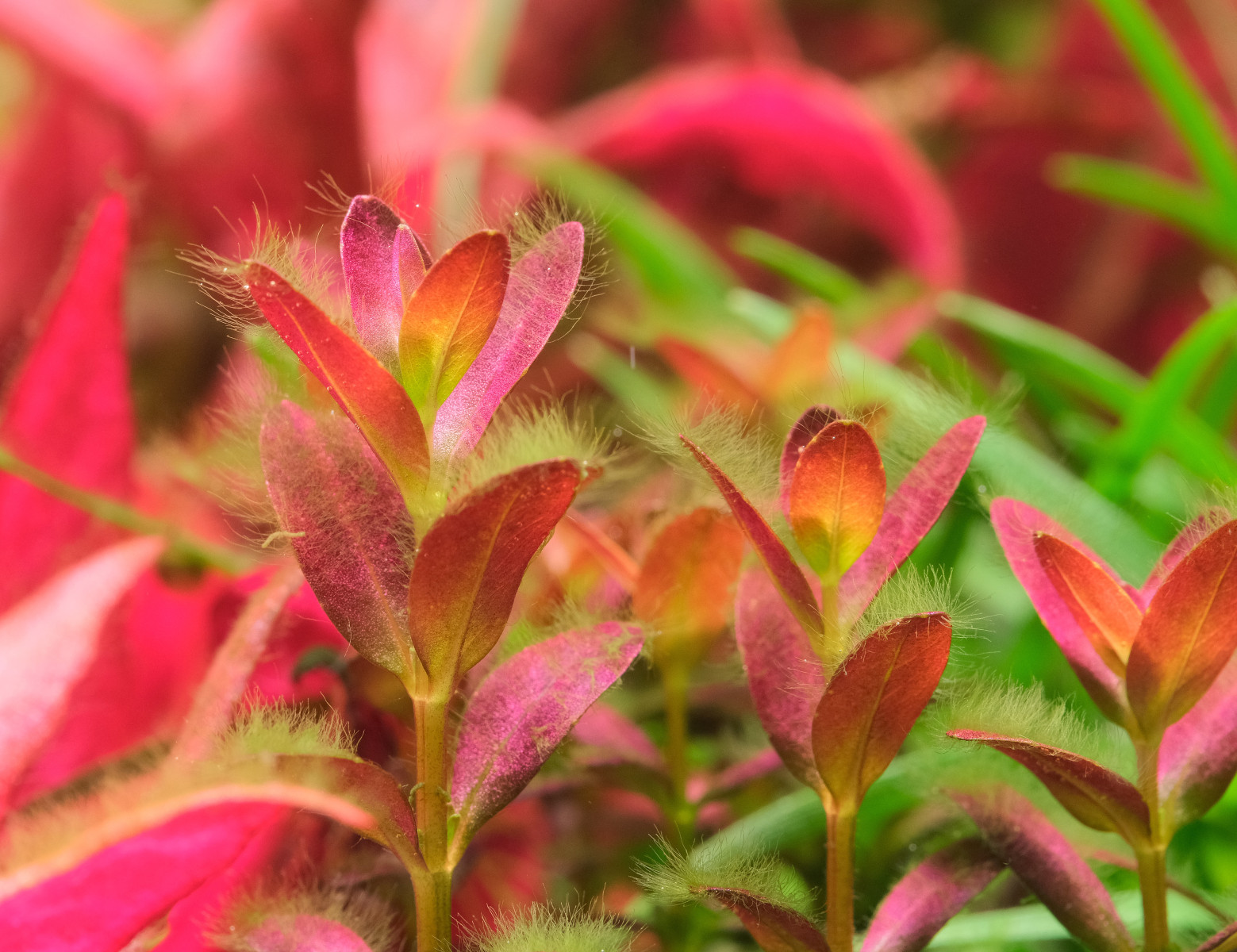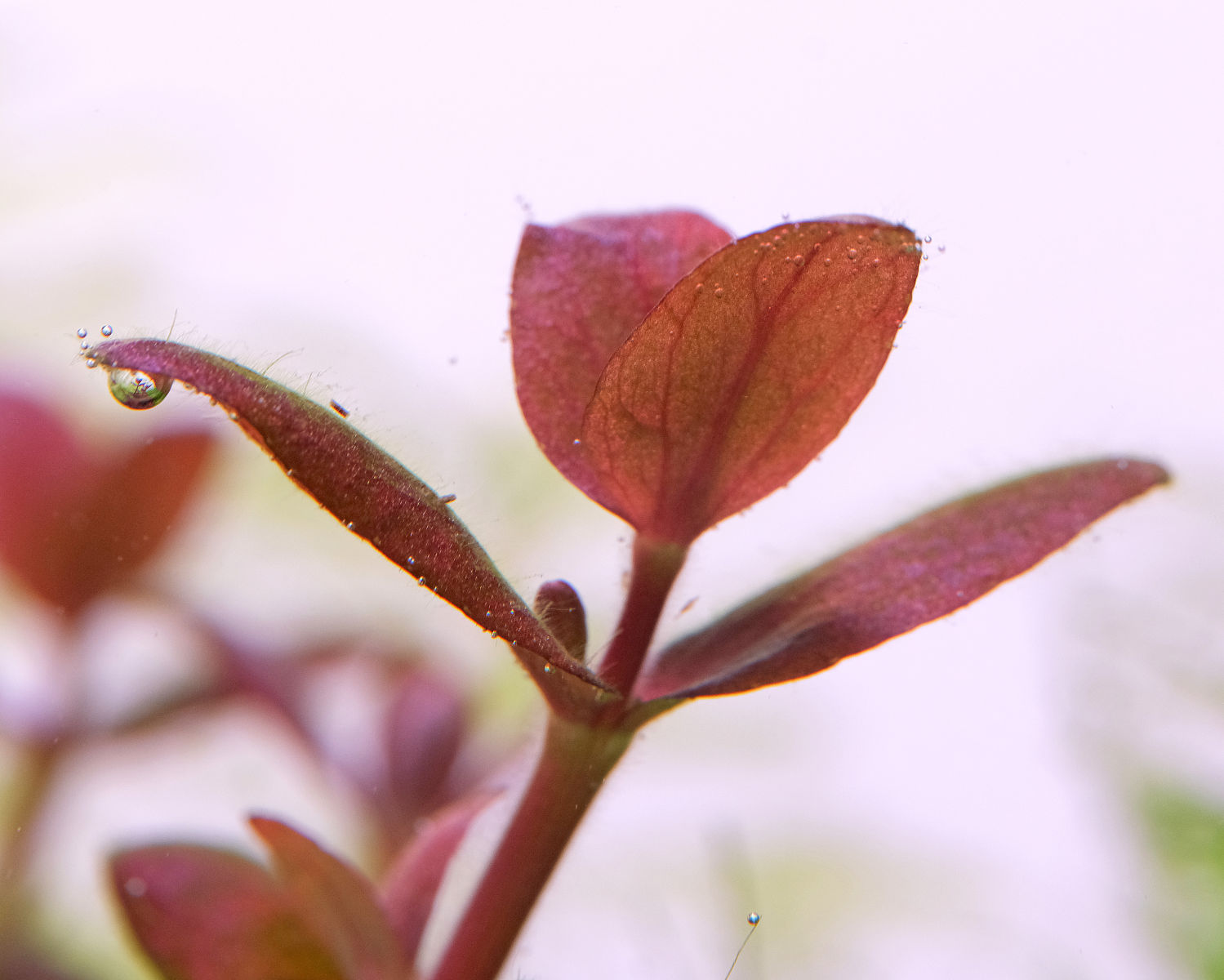Problems after switching to APT?Updated 8 months ago
A mature tank can respond to better nutrition in several ways. The most common outcome is healthier NEW GROWTH. Old leaves do not rejuvenate even when conditions improve, and may even deteriorate faster, as we explain here. Old growth needs to be removed - old leaves can be cut and older stems topped and replanted. A planted tank rejuvenates itself over time by producing new growth, however, the removal of old growth does not occur naturally and must be done by the aquarist.
In many cases, better nutrition triggers short term algae blooms. When nutrient availability increases in the environment, plants re-program their enzymes to make use of the newly available resources. However, this re-programming causes waste proteins to be ejected as organic waste particles on leaf surfaces, and this attracts algae to attach. In the long run, as the plant acclimatizes to the environment, new growth will become algae free. As the plant grows out, older growth can be trimmed off, and algae free new growth can be replanted.
 Increasing nitrates from 2ppm to 10ppm was a sufficiently big change for Rotala florida to undergo re-programming stress, and attracted hair algae to attach.
Increasing nitrates from 2ppm to 10ppm was a sufficiently big change for Rotala florida to undergo re-programming stress, and attracted hair algae to attach.
 Hair algae bloomed on this Bacopa salzmannii when the tank switched from APT 3 to APT e. This will dimmish over time as the plant acclimatizes to the new regime.
Hair algae bloomed on this Bacopa salzmannii when the tank switched from APT 3 to APT e. This will dimmish over time as the plant acclimatizes to the new regime.
Plant re-programming is exaggerated particularly when switching from a very lean regime to a rich regime and vice-versa. Tanks on ADA regime are on the lean side, and switching to APT 3 on such a system is a significant change that will likely see short term spikes in algae. In the long run, plants will grow more robust due to the increased nutrient availability.
Switching from APT 1 or APT 3 to APT e is also a substantial change that will likely see a short term spike in algae.
To read more about plant transition stress, head here.